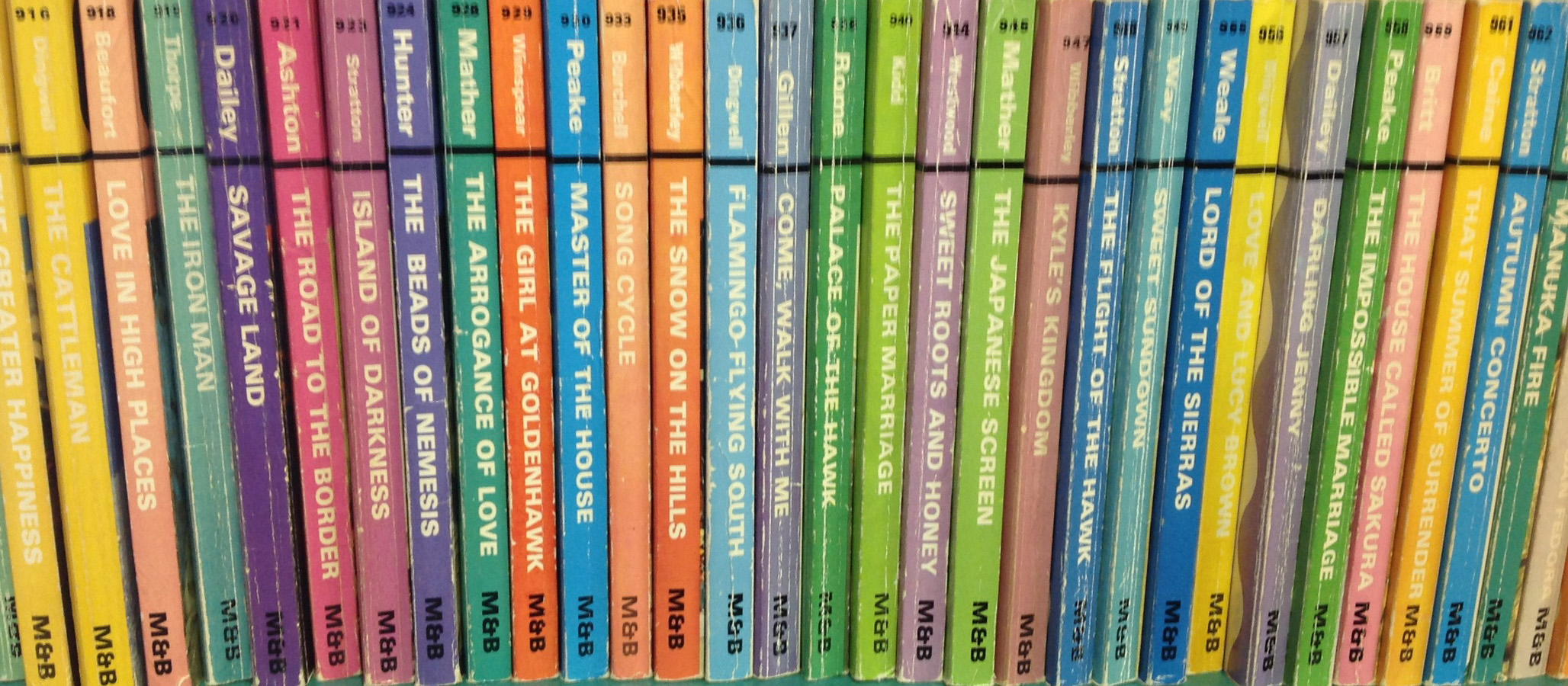Proposal Title
The Need for Romance Reader Studies
Start Date
22-4-2020 9:00 AM
End Date
22-4-2020 10:00 AM
Proposal Type
Individual Presentation
Abstract
The first wave of romance scholarship focused strongly on readers: the 1970s saw a number of studies of Mills & Boon readers by Peter Mann, Janice A. Radway’s Reading the Romance was published in 1984, and Carol Thurston’s The Romance Revolution appeared in 1987. In subsequent decades, however, there has been relatively little work done to elicit and document the views of readers and, moreover, to obtain the views of older readers who have borne witness to decades of change in the genre.
Obtaining the views of younger generations of readers and revisiting older ones is vital to preserving an important and under-studied element of the romance genre’s history. Older readers who came to the genre with The Flame and the Flower and “bodice rippers” are now at least in their 50s. Before it is too late, it is vital to preserve their perspectives on reading romance. These are likely to be fundamentally different to those of younger readers, raised with the results of the 1960s/1970s feminist revolution embedded in work culture and overall society. It is important to discover why readers start and continue to read romance and ask them about the value romance reading has brought to their lives.
In this presentation, we will describe the current landscape of data-gathering on romance readers. Using examples from social media, blogs, and articles, we will also discuss gathering reader data versus author data, whether standards for collecting romance-reader data are needed, and posit possible methods for future studies.
The Need for Romance Reader Studies
The first wave of romance scholarship focused strongly on readers: the 1970s saw a number of studies of Mills & Boon readers by Peter Mann, Janice A. Radway’s Reading the Romance was published in 1984, and Carol Thurston’s The Romance Revolution appeared in 1987. In subsequent decades, however, there has been relatively little work done to elicit and document the views of readers and, moreover, to obtain the views of older readers who have borne witness to decades of change in the genre.
Obtaining the views of younger generations of readers and revisiting older ones is vital to preserving an important and under-studied element of the romance genre’s history. Older readers who came to the genre with The Flame and the Flower and “bodice rippers” are now at least in their 50s. Before it is too late, it is vital to preserve their perspectives on reading romance. These are likely to be fundamentally different to those of younger readers, raised with the results of the 1960s/1970s feminist revolution embedded in work culture and overall society. It is important to discover why readers start and continue to read romance and ask them about the value romance reading has brought to their lives.
In this presentation, we will describe the current landscape of data-gathering on romance readers. Using examples from social media, blogs, and articles, we will also discuss gathering reader data versus author data, whether standards for collecting romance-reader data are needed, and posit possible methods for future studies.


